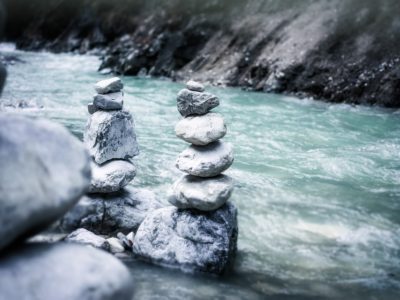Are Water Barrels Making a Comeback?
“You see them more often these days for sure, and it’s a welcome change. It’s nearly 2016, and we need to be responsible not only for a sustainable ecosystem in our own back yard, but a sustainable process of water conservation all over the world.”
That’s Chris Gray, the head honcho at Pump and Power. For Chris (and now for his blogger guy, too), the complaints about water shortages during the dry British Columbia summers are maddening. Why, even as I write this, a steady stream of water is pouring over the steps leading to my front door. The water is a nuisance now, but I’m going to be craving that high quality, organic H2O in about 7 short months.
We’ve grown accustomed to hooking our hose up to the side of the house and drenching our lawns in order to match the green of the Jones’ yard down the street. Can you imagine leaving the faucet in your bathroom running for 5 or 6 hours straight? Well, that’s what you’re doing when you water your lawn. Plus, that water is treated.
You know what your plants need? Rainwater. These days they’re getting a lot of it, but that’s not the case year-round.
How Much Water Can a Water Barrel Save Me?
“Considering that an inch of rain dumps 500 gallons on the roof of a typical 2,000-square-foot house, it’s possible in most parts of the country to collect more than enough runoff for basic landscape irrigation needs. A rain barrel will save about 1,300 gallons of water during the peak summer months, according to the U.S. Environmental Protection Agency.”
That’s Laura Fisher Kaiser over at Houselogic.
Saving your water during the winter for use during the summer just makes sense. Most basic water barrels are cheap enough that they’ll pay for themselves when your water bill arrives in June.
And if you really wanted to get creative? Well, there are a lot of different ways to create a fully sustainable, low flow home if you’ve got a little time and ingenuity. Oh, and some pac pipe.
Water Barrels and Sustainability
When I was a young’n back in Alberta, we had a couple rusted out water barrels on our property, which was over 3 acres. It rains overnight often in Alberta during the hot summer, so the water was used for my mom’s plants and garden. The barrels were ugly to look at, cold when your friend’s older brother held you up by the ankles and dipped your head in, but they were effective.
Water barrels are a small piece of the puzzle, but they represent a commitment to sustainability in an established area of there world that truly wants to make a difference.
Can we afford to run our sprinklers every other day? Sure, but why would you want to when there’s a lower-impact method that will cost you less in the long-run?
Start your water harvesting efforts this winter. We’re going to talk about it a lot more on the blog in January and February when it’s time to really bucket down and prepare. For now, watch the rain flowing down your window and imagine just how much you could be collecting for a rainy day.
Or, a not-rainy day. Yeah, that works too.

